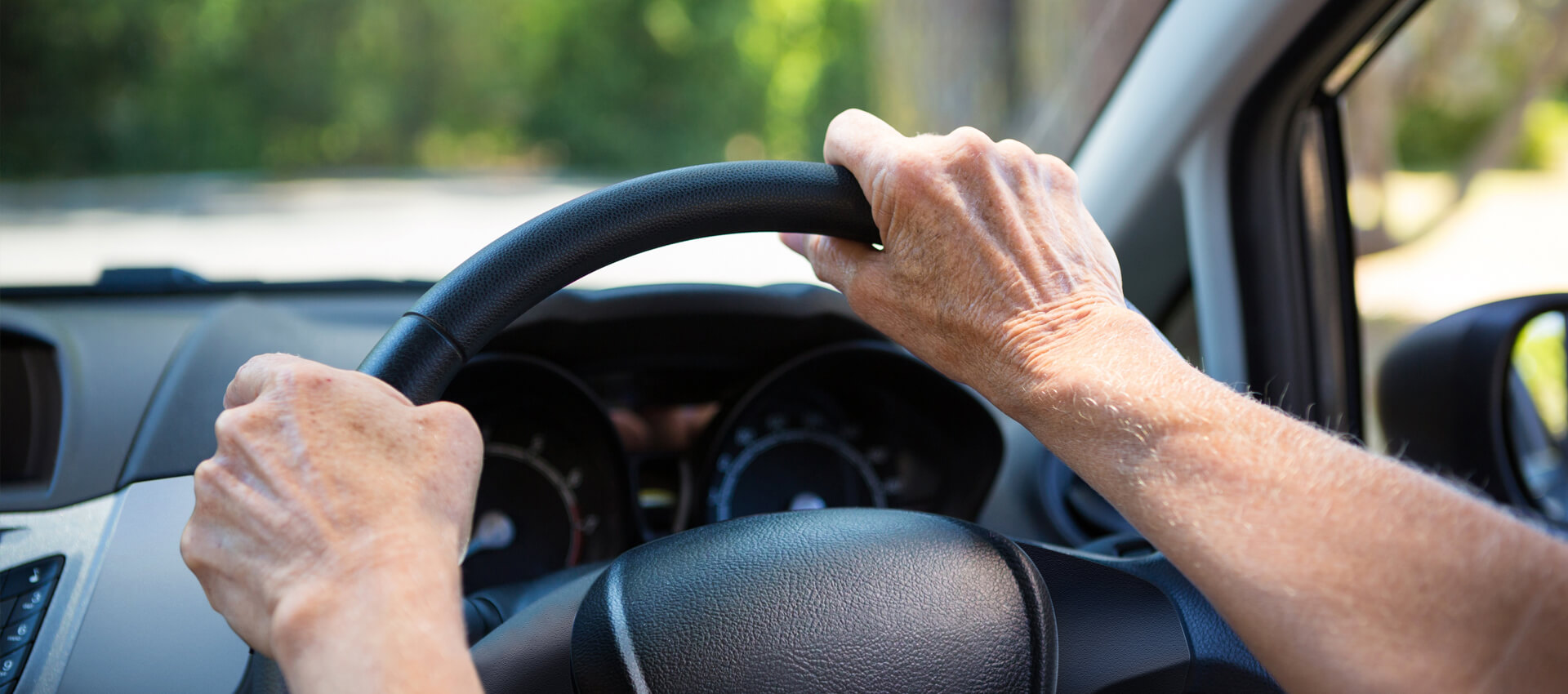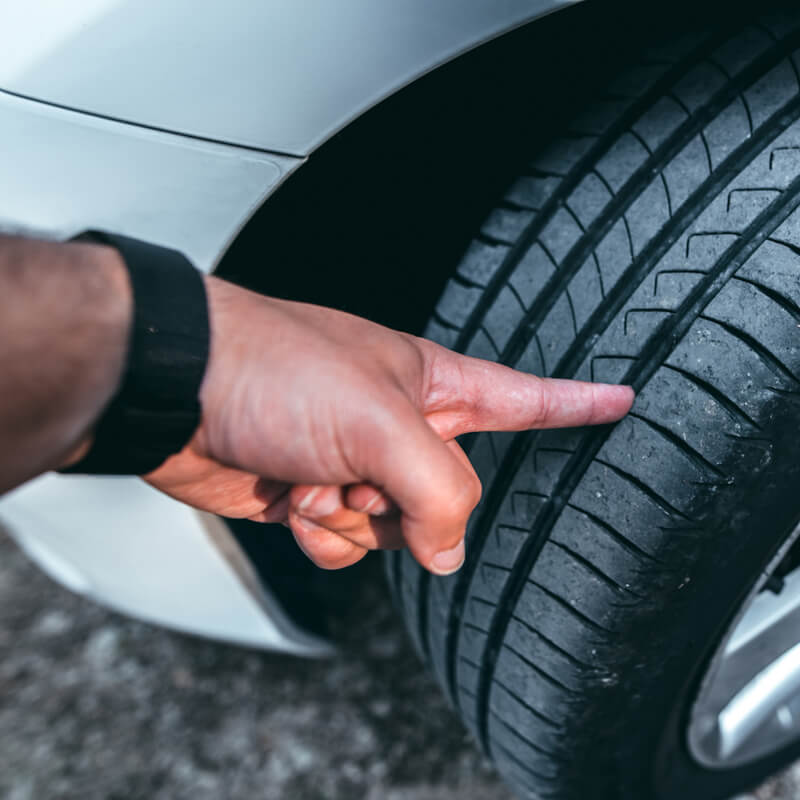Using the steering wheel

On your first driving lesson, perhaps the first learning curve you’ll need to master is using the steering wheel. There’s nothing to fear as you’ll get used to it very quickly!
The steering wheel is used to control the steering system and the direction of the vehicle and comprises a linkage system to direct the vehicle, through the front wheels. But there is more to using the steering wheel than most people consider.
The ease of power assisted steering
Modern cars can often be big and heavy, which makes steering at slow speeds very difficult.
Power assisted steering systems were developed to help you to steer more easily, especially when moving at slow speeds, making the vehicle more manoeuvrable, and easier to steer.
To check that the power assisted steering is working properly, apply a little pressure to the steering wheel, as you turn on the engine – you should feel a marked difference. The power assist will make the wheel light and the wheel turns more easily when it is working correctly.
However, should the steering feel heavy during this test, or becomes noticeably heavy whilst driving, there is a problem which needs professional attention from a mechanic.
How to properly hold the steering wheel
Hold the wheel at the 10 to 2, or the quarter to 3 position with a light grip and use the push-pull method of steering. That is, not passing or crossing your hands over the top of the steering wheel, but sliding and turning the wheel between the two hands. This is an efficient way of steering, and your hands will be close to the auxiliary controls if needed.
Never allow the steering wheel to spin back through the hands when straightening up.
You must operate the steering wheel using two hands at all times, unless you are operating the gear lever, or auxiliary controls, with the other hand.
Inside the steering wheel of the modern car, is an airbag. These are deployed in a collision and are inflated by an electrical discharge.
If your arms are crossed over the steering wheel at the time of discharge, you may suffer injuries to the arms and hands. Something, you will agree, should be avoided!
A light grip is important for safety, as is the push-pull method of steering. If you wrap your fingers and thumbs tightly around the wheel and have an incident with, say hitting the kerb or driving into a pothole, you might find you lose control of the steering wheel as it spins violently out of your grip. You will most likely suffer broken fingers or thumbs if your fingers are wrapped around the wheel!
This scenario will be rare during normal driving conditions, but if you indulge in some off-road driving, pot-holes and rocks are all too common. Take care of your fingers and thumbs and keep them out of the inside of the steering wheel.
The steering wheel is on a column, which is often fully adjustable in height, and can be pushed in or pulled out, to suit. There is also a selection of auxiliary controls, like windscreen wipers, indicators, in easy reach. Some foreign cars may have the gear lever mounted on the steering column.

Steering while reversing
When in reverse gear, you have to be looking through the rear window of course, which makes holding the steering wheel in two hands, rather difficult. You can use one hand placed on the top of the steering wheel if you are straight reversing, or, two hands (one placed at the top of the wheel and the other further down towards the 7 pm position), whilst steering.
Remember, there is always a slight delay in the effect of the steering wheel when reversing/steering, and, you must practise and remember which way to turn when in reverse, as this can confuse a novice driver, who will often steer the wrong way, once reverse gear is engaged.
It takes practise, but keep it up, you will get there.
Using the steering wheel on bends in the road
When approaching a right-hand bend, move your right hand up towards the top of the wheel (approximately 1 o’clock on the clock-face) in preparation for pulling down to steer around the curve.
With a left-hand bend, you would prepare by taking your left hand up (11 o’clock on the clock-face).
If you’re getting ready to to take your Theory Test, you’ll need our Driving Theory Test 4 in 1 App to help with your revision.
It has everything you’ll ever need to ace a first-time pass including all the latest licensed DVSA Theory Test revision materials – all for just £4.99!
Download for iOS and Android devices.


